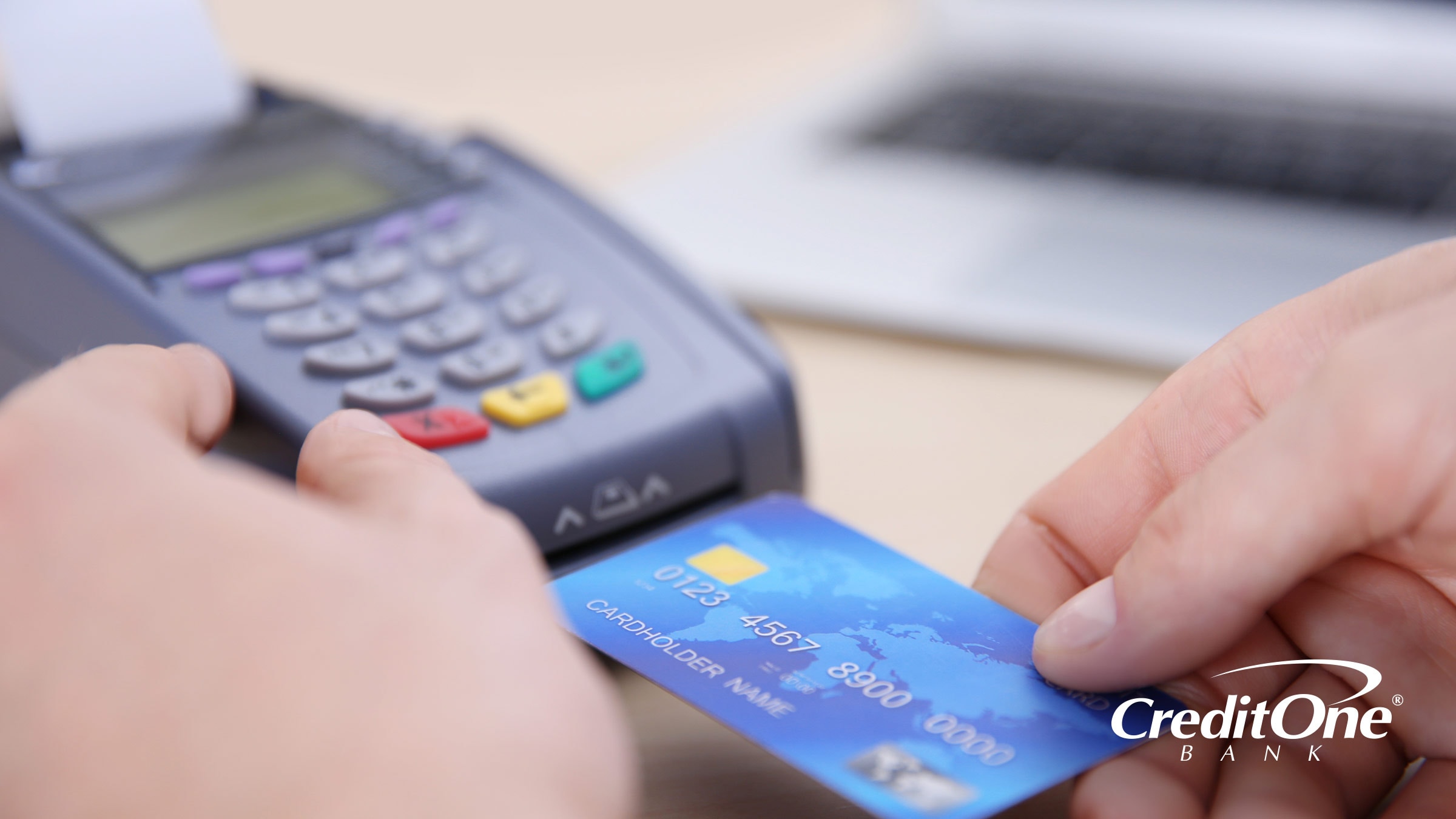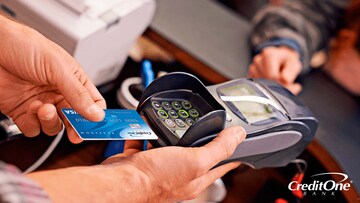Swiping Is So Yesterday
The days of swiping your credit card are on their way out. That’s because magnetic-stripe technology—that stripe on the back of your credit card that contains information read by credit card terminals when the card is swiped—is over 50 years old. It was invented by IBM back in the late 1960s.
Every credit card issued in the United States today is equipped with a form of EMV chip technology. You can recognize this technology by the little gold or silver rectangular chip embedded in the card itself. EMV stands for “Europay, Mastercard, and Visa,” the three credit card giants that helped developed this global standard for credit card security.
The majority of U.S. merchants are now equipped to process EMV chip technology—75% of U.S. stores as of March 2019, according to Thales Group. And Visa reported 509 million EMV chip-equipped cards of its own in circulation at the end of March 2019, a 219% increase since October 1, 2015.
So, with so many EMV chip credit cards out there and so many merchants accepting them, why hasn’t the magnetic stripe been declared officially dead? And why do most EMV-equipped credit cards still have a magnetic stripe on them?
The answer is that, while merchants have been strongly encouraged to upgrade their credit card terminals to accept EMV chip-equipped cards, there is no law requiring them to do so. So, to make it possible for you to use your credit card at businesses that haven’t yet upgraded—or if there’s ever a technical problem with the chip in your card or the EMV reader of a terminal—most credit card issuers are still shipping cards with magnetic stripes as backup systems for you to make credit card purchases.
Why EMV Is More Secure
The reason EMV technology is more secure basically comes down to encryption and making your personal information harder for hackers to use to commit fraud. To be clear, an EMV card is only more secure than a magnetic stripe for “card present” transactions, as in the card is swiped, inserted, tapped or waved (contactless) into or near a credit card terminal by you or a merchant. For credit card transactions without the card needing to be present, such as an online purchase, an EMV chip card is no more secure than a magnetic stripe. That’s because you’re not using either; you’re just entering your credit card information manually.
A magnetic stripe contains fixed data that never changes. So, should a hacker gain access to this data, say, with a card skimmer, they would have everything they need to make future credit card purchases and even clone new credit cards with magnetic stripes of their own containing the same sensitive data as the original credit card.
An EMV chip, on the other hand, is like a tiny computer embedded in your credit card. It creates a unique transaction code each and every time a transaction is conducted. That transaction code can only be used once. So, even if a hacker were to obtain the information from an EMV point-of-sale transaction, they shouldn’t be able to use it to clone fraudulent cards capable of making purchases with your account. That’s because, if they did, the unique transaction code they obtained would not be usable again, so any future transactions attempted using that code should be denied.
How to Use an EMV Chip-Equipped Credit Card
Basically, using an EMV chip-equipped credit card all comes down to adjusting your mindset from swiping to inserting. Or, should you have a newer contactless card equipped with an EMV chip, waving or tapping the card.
But that’s really the only difference, and making a purchase is quick and easy. Just insert the chip end of the credit card into the terminal and then—depending on which type of EMV chip you have, chip-and-signature or chip-and-PIN—sign your name or enter your PIN to complete the transaction. With a contactless EMV card, no signature or PIN entry is required, so these transactions take even less time.
You will likely still make purchases where the merchant does the process for you, say, dining out. But the transaction still works the same as with a magnetic stripe card. Just like with a magnetic stripe card, simply hand the restaurant employee your card and then let them run it for you. Then, when they bring you the printed transaction, just sign your name.
Nothing to Fear
EMV chip technology is proven technology that’s been around for a while, so there’s no reason to fear it or be skeptical of it. Merchants in Europe began using it back in 1994, so it’s been around for over 25 years! And it started gaining traction in the United States after 2010, so that’s another decade of domestic success.
Clearly, EMV chip technology is here to stay…at least until the next advancement in credit card technology, anyway.
Want an EMV chip-equipped credit card of your own? See if you Pre-Qualify for a Credit One Bank credit card. It takes less than a minute and won’t harm your credit score.
After realizing he couldn’t pay back his outrageous film school student loans with rejection notices from Hollywood studios, Sean focused his screenwriting skills on scripting corporate videos. Videos led to marketing communications, which led to articles and, before he knew it, Sean was making a living as a writer. He continues to do so today by leveraging his expertise in credit, financial planning, wealth-building, and living your best life for Credit One Bank.




